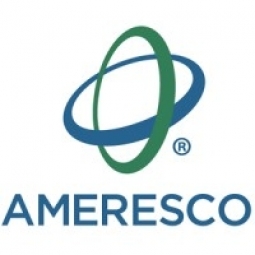技术
- 功能应用 - 企业资产管理系统 (EAM)
- 传感器 - 电表
适用行业
- 电网
- 可再生能源
用例
- 资产健康管理 (AHM)
- 资产生命周期管理
关于客户
Ameresco, Inc. 成立于 2000 年,是一家领先的独立提供商,为北美和欧洲的企业和组织提供综合服务、能源效率、基础设施升级、资产可持续性和可再生能源解决方案。 Ameresco 的可持续发展服务包括升级设施的能源基础设施以及可再生能源工厂的开发、建设和运营。该公司已与联邦、州和地方政府、医疗保健和教育机构、住房当局以及商业和工业客户成功完成了节能、环保的项目。 Ameresco 的公司总部位于马萨诸塞州弗雷明汉,拥有 1,000 多名员工,为美国、加拿大和英国提供当地专业知识。
挑战
Ameresco 是一家领先的能源效率和可再生能源公司,希望将其可再生能源资产组合扩展到北美以外的地区。该公司的目标是在美国和加拿大之外建立第一个可再生能源发电资产。面临的挑战是在爱尔兰凯里郡的新地理位置收购、升级和运营风力发电项目。该项目名为 Beale Hill 风电场,由 Ameresco 独家开发,爱尔兰政府不会以关税或消费者税等形式提供任何形式的补贴。该公司还面临着根据购电协议将比尔山产生的电力直接出售给当地公用事业网络的挑战。
解决方案
Ameresco 从爱尔兰电力公司 First Electric 手中收购了 Beale Hill 风电场。随后,该公司完成了多项升级,包括机舱、发电机和旋翼臂的更换。该项目的开发没有获得爱尔兰政府任何形式的补贴,为周边社区提供无碳能源。根据购电协议,比尔山产生的电力直接出售给当地公用事业网络。尽管遇到了包括新型冠状病毒肺炎 (COVID-19) 大流行在内的障碍,但施工、调试和通电的后期阶段仍顺利完成。该项目标志着 Ameresco 在国际范围内扩大可再生能源发电和储能资产组合的长期战略的一个重要里程碑。
运营影响
数量效益

Case Study missing?
Start adding your own!
Register with your work email and create a new case study profile for your business.
相关案例.

Case Study
Remote Monitoring & Predictive Maintenance App for a Solar Energy System
The maintenance & tracking of various modules was an overhead for the customer due to the huge labor costs involved. Being an advanced solar solutions provider, they wanted to ensure early detection of issues and provide the best-in-class customer experience. Hence they wanted to automate the whole process.
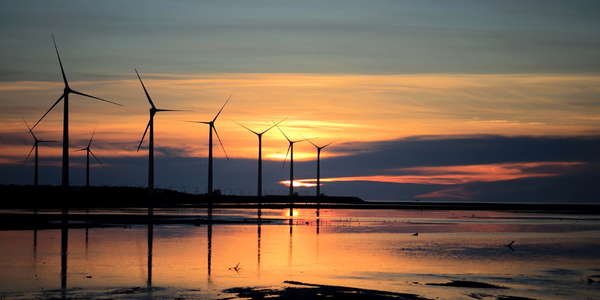
Case Study
Vestas: Turning Climate into Capital with Big Data
Making wind a reliable source of energy depends greatly on the placement of the wind turbines used to produce electricity. Turbulence is a significant factor as it strains turbine components, making them more likely to fail. Vestas wanted to pinpoint the optimal location for wind turbines to maximize power generation and reduce energy costs.
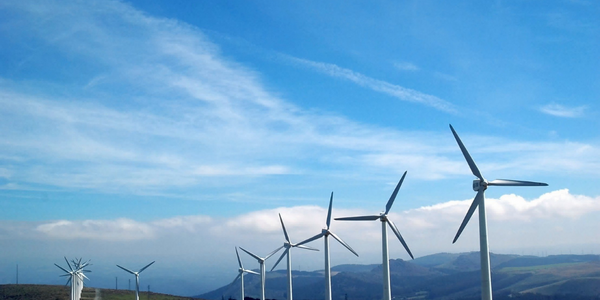
Case Study
Siemens Wind Power
Wind provides clean, renewable energy. The core concept is simple: wind turbines spin blades to generate power. However, today's systems are anything but simple. Modern wind turbines have blades that sweep a 120 meter circle, cost more than 1 million dollars and generate multiple megawatts of power. Each turbine may include up to 1,000 sensors and actuators – integrating strain gages, bearing monitors and power conditioning technology. The turbine can control blade speed and power generation by altering the blade pitch and power extraction. Controlling the turbine is a sophisticated job requiring many cooperating processors closing high-speed loops and implementing intelligent monitoring and optimization algorithms. But the real challenge is integrating these turbines so that they work together. A wind farm may include hundreds of turbines. They are often installed in difficult-to-access locations at sea. The farm must implement a fundamentally and truly distributed control system. Like all power systems, the goal of the farm is to match generation to load. A farm with hundreds of turbines must optimize that load by balancing the loading and generation across a wide geography. Wind, of course, is dynamic. Almost every picture of a wind farm shows a calm sea and a setting sun. But things get challenging when a storm goes through the wind farm. In a storm, the control system must decide how to take energy out of gusts to generate constant power. It must intelligently balance load across many turbines. And a critical consideration is the loading and potential damage to a half-billion-dollar installed asset. This is no environment for a slow or undependable control system. Reliability and performance are crucial.
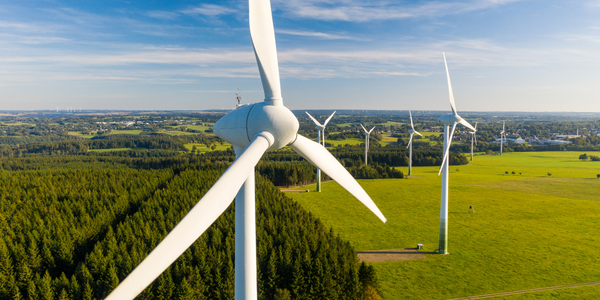
Case Study
Remote Monitoring and Control for a Windmill Generator
As concerns over global warming continue to grow, green technologies are becoming increasingly popular. Wind turbine companies provide an excellent alternative to burning fossil fuels by harnessing kinetic energy from the wind and converting it into electricity. A typical wind farm may include over 80 wind turbines so efficient and reliable networks to manage and control these installations are imperative. Each wind turbine includes a generator and a variety of serial components such as a water cooler, high voltage transformer, ultrasonic wind sensors, yaw gear, blade bearing, pitch cylinder, and hub controller. All of these components are controlled by a PLC and communicate with the ground host. Due to the total integration of these devices into an Ethernet network, one of our customers in the wind turbine industry needed a serial-to-Ethernet solution that can operate reliably for years without interruption.

Case Study
Temperature monitoring for vaccine fridges
Dulas wanted a way to improve the reliability of the cold chain, facilitating maintenance and ensuring fewer vaccines are spoiled. Dulas wanted an M2M solution which would enable them to record and report the temperature inside vaccine refrigerators.
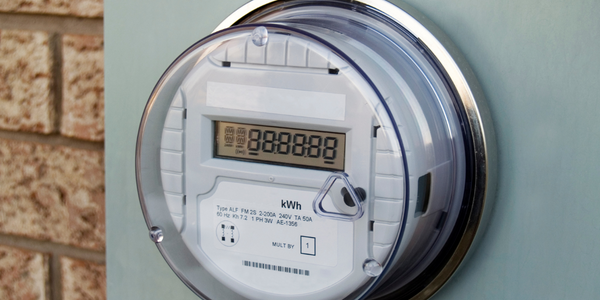
Case Study
Hydro One Leads the Way In Smart Meter Development
In 2010, Ontario’s energy board mandated that time-of-use (TOU) pricing for consumers be available for all consumers on a regulated price plan. To meet this requirement, Hydro One needed to quickly deploy a smart meter and intelligent communications network solution to meet the provincial government’s requirement at a low cost. The network needed to cover Hydro One’s expansive service territory, which has a land mass twice the size of Texas, and its customers live in a mix of urban, rural, and remote areas, some places only accessible by air, rail, boat or snowmobile. Most importantly, the network needed to enable future enterprise-wide business efficiencies, modernization of distribution infrastructure and enhanced customer service. To meet these needs, Hydro One conceptualized an end-to-end solution leveraging open standards and Internet Protocols (IP) at all communication levels. The utility drew upon industry leaders like Trilliant to realize this vision.




